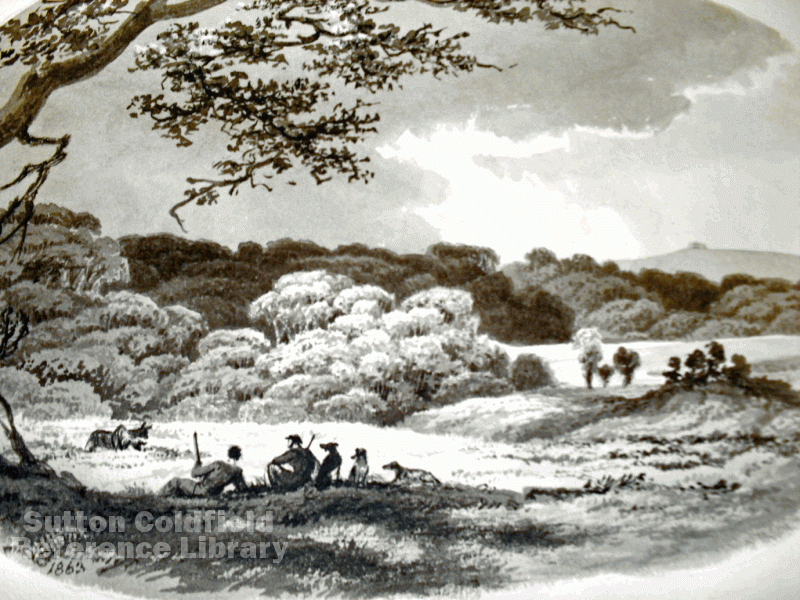“Hunting and shooting are the principal diversions here” - so wrote an anonymous author of a history of Sutton Coldfield in 1762. He comments on the large number of foxes, hares and partridges, and on the wild ducks and teal to be found on the larger pools. The supply of wild game birds remained adequate to satisfy the requirements of the shooting fraternity until the 1850s, when the Warden and Society (that is, the Sutton Corporation) tried to preserve the game by restricting the sportsmen.
At an Enquiry in 1855, George Lewis complained that he had been stopped from shooting in the Park. He was a Birmingham manufacturer, and said he had bought his house in Sutton for £2,000 because it would give him the right to go “sporting” in Sutton Park. Another sportsman, the Birmingham ironfounder Edwin Lewis, claimed he had been stopped by the keeper although a party of nine Walsall men had been left alone to shoot. Lewis agreed that birds were scarce, adding that at one time he could go into the park and have “nine brace of birds and snipe besides”.
By the 1850s sportsmen were shooting birds not only for the table but also as trophies. Birds which had previously been ignored as being inedible were now proudly displayed as stuffed specimens in glass cases. A work of 1896, The Vertebrate Fauna of Sutton Park, by J. Steele Elliott, mentions redshank, goldeneye, and bittern as having been shot several times in living memory. A tawny owl had been killed in 1895, and as for the short-eared owl “I am sorry to say that when put up by those shooting in the park they are invariably slaughtered”. Black grouse had been exterminated by sportsmen “to whom the very whisper of one being in the park means a score of guns all anxious to obtain the prize.”
